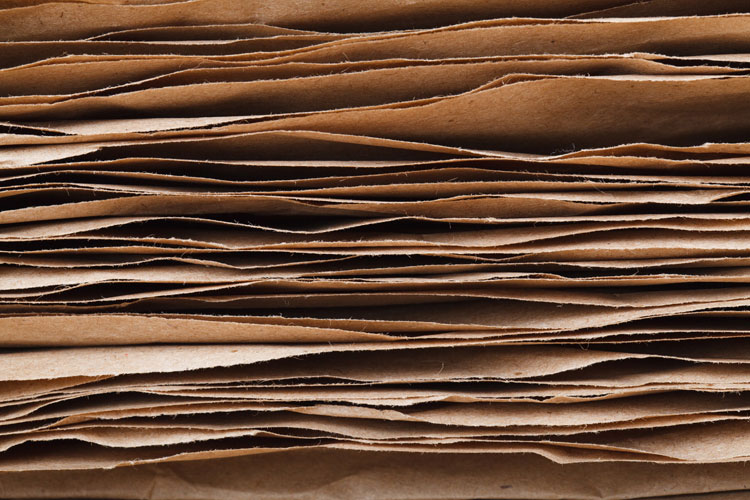Manufacturers of books, newspapers, magazines, paper and cardboard as well as shredding and recycling facilities all have to deal with hazardous dust by-products in their production. Minimizing or eliminating it poses unique challenges because the fibrous nature of these airborne contaminants.
In paper and cardboard processing activities there is the potential for workers to be exposed to paper and tissue dust. Being regularly exposed to high levels of dust in a workplace can affect the respiratory system and cause your workers to become ill.
Paper & Cardboard Dust is Combustible and is an Explosion Hazard:
When most people think of controlling dust in the workplace, they think of taking steps to avoid inhaling dusts to prevent health problems. However, the accumulation of combustible dusts in the workplace can lead to far greater consequences. As seen in recent years, neglect of housekeeping and improper handling of combustible dusts can lead to property damage, injuries and loss of life.
Paper & Cardboard facilities are inherently prone to fires and explosions mainly due to the accumulation of dust. Preventing and controlling the accumulation of dust through good housekeeping is a key means of controlling fire and explosion hazards.
The National Fire Protection Association (NFPA) defines a combustible dust
as “a combustible particulate solid that presents a fire or deflagration hazard when suspended in air or some other oxidizing medium over a range of concentrations, regardless of particle size or shape.”













